Perched amidst the forest, this sculptural complex is structured by precast exposed concrete slabs. Narrow gaps, protrusions, recesses and large panes of glass break up its general massiveness.
Musée de la Préhistoire d’Ile de France


Perched amidst the forest, this sculptural complex is structured by precast exposed concrete slabs. Narrow gaps, protrusions, recesses and large panes of glass break up its general massiveness.

Alongside Herwig Udo Graf Szauer was the second prominent Burgenland brutalist architect. The school is one of the last buildings to exist with the original interior intact.
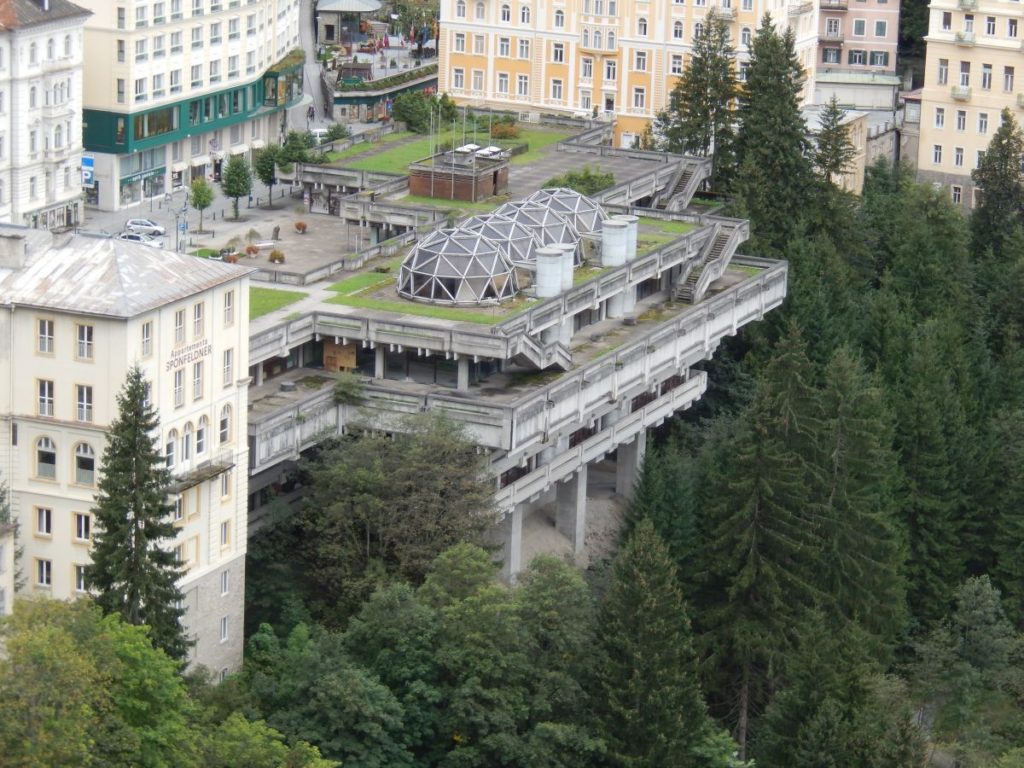
After its heyday around the turn of the century, Bad Gastein tried to fight decades of decline with this congress center. It is perched spectacularly on a steep slope and contrasts the surrounding buildings with its functionalist exposed concrete design…
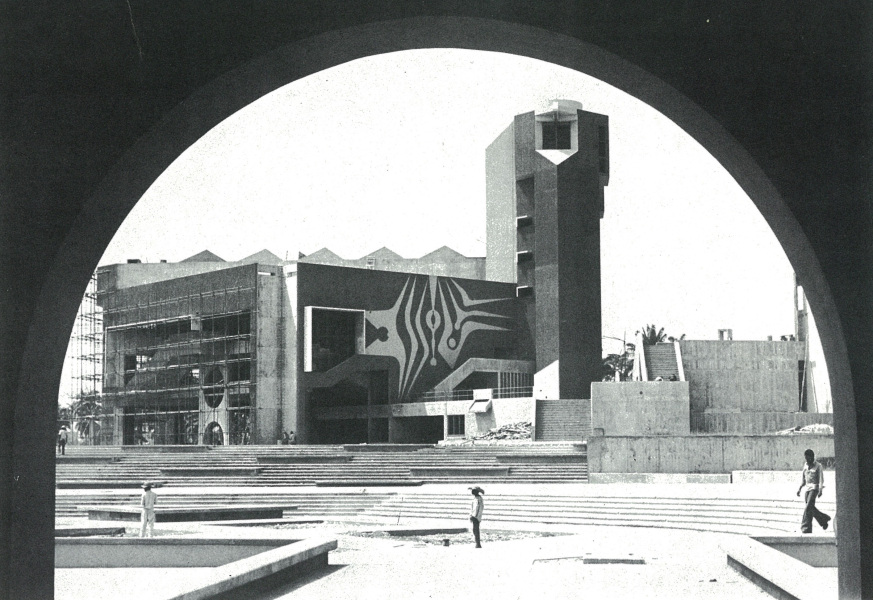
No description yet: Can you help?

Following a contest in 1975 construction started in 1978 and lasted until 1981. Today the building is being used as a multipurpose hall. The flights of seats in the main hall of this cultural center are terraced and subdivided into polygonal segments. …
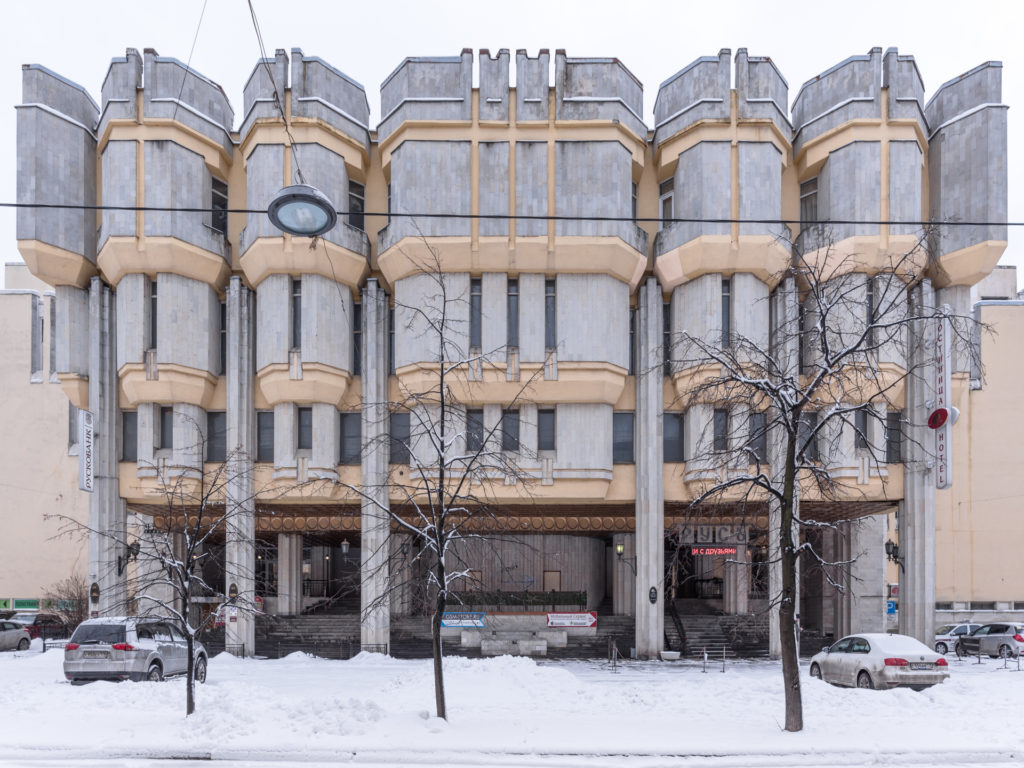
The megalomaniac construction of this hotel appears Brutalist in its nature though it is combined with a stone wall and partial yellow plaster. The façade has a certain Baroque feeling to it.
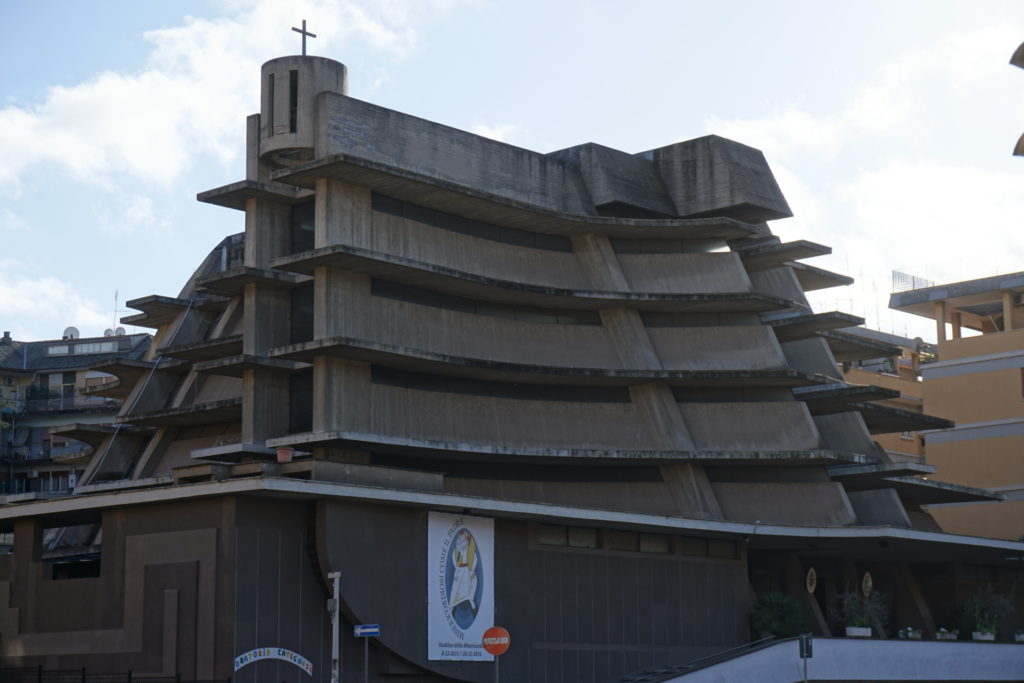
Playful division of the built volume, which resembles the ribs of a ship or the ribs of an aircraft. At the same time, Busiri Vici also designed various capricious and sculptural residences and commercial buildings.
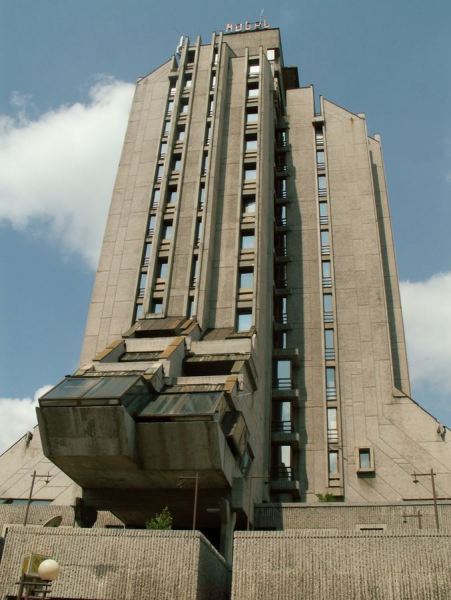
No description yet: Can you help?

The former Ministry of Transportation is prominently featured in a lot of books on Soviet architecture. It is reminiscent of El Lissitzkys Cloud Irons as well as Japanese Metabolists. Chakhava was the minister of transport and the building’s architect…
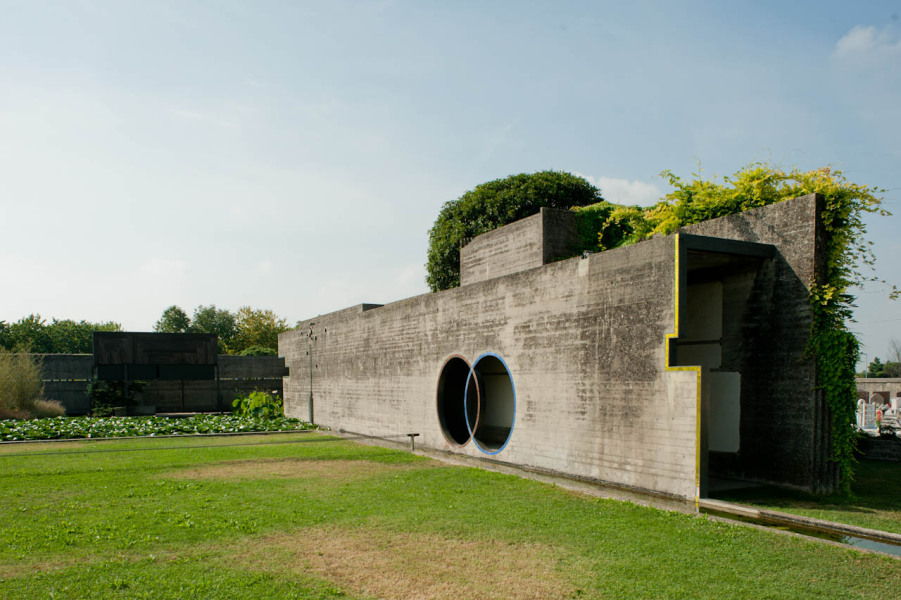
The cemetery is far too refined, indeed almost mannerist, to count as an example of brutalism. We have included it anyway to emphasize the immense fascination that the sculptural treatment of concrete had at the time.
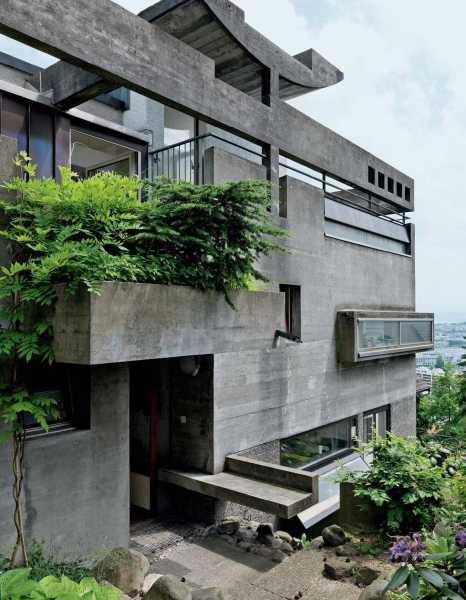
A group of three exposed concrete residences in the spirit of Le Corbusier, built on a steep hill in Höngg, a district of Zurich. The group consists of the Demarmel’s own studio and two adjacent houses. The houses are accessible through a small path …

No description yet: Can you help?
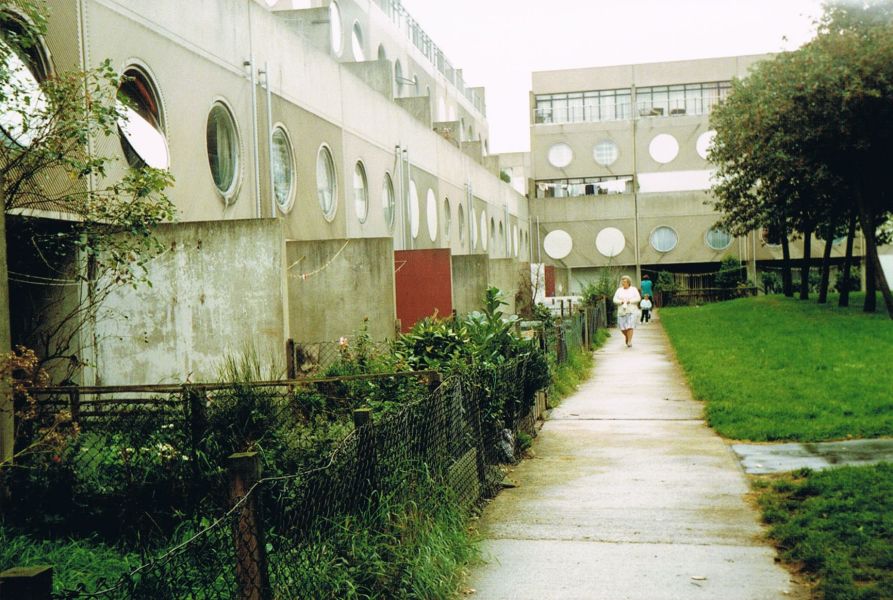
No description yet: Can you help?
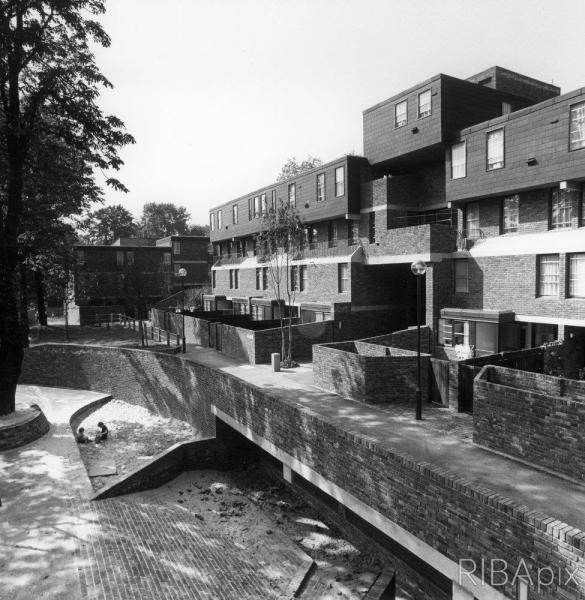
No description yet: Can you help?
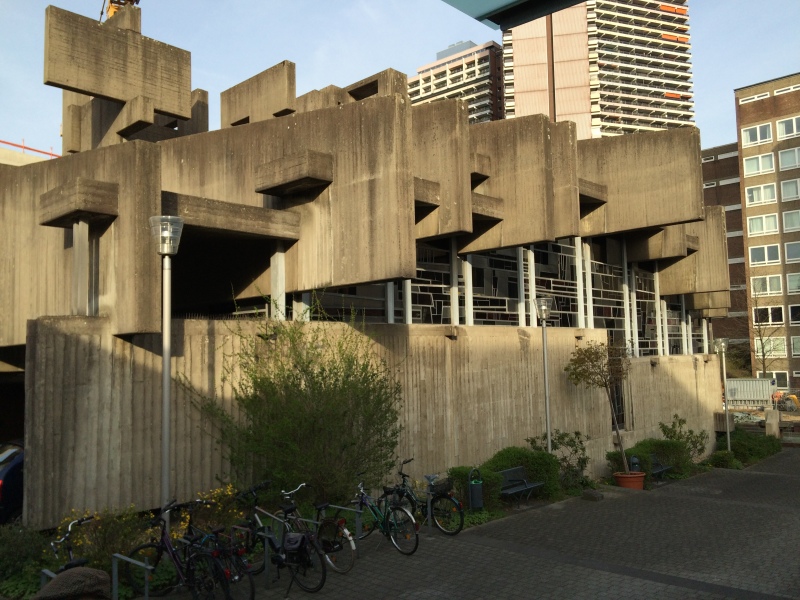
Designed by sculptor Josef Rikus, who says he only relied on architect Heinz Buchmann for the technical realization. On the interior, the spatial/conceptual idea of having the services held under a large concrete tree soon becomes apparent. The exterior…
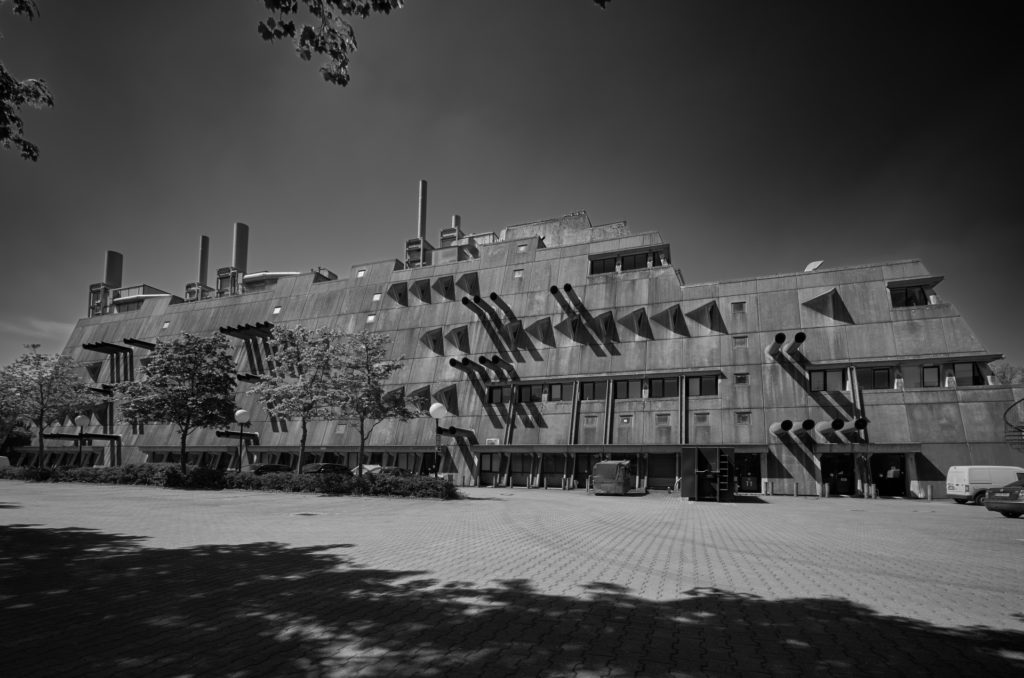
Part of a series of standalones for the Free University Berlin. The martial exterior is reminiscent of a naval ship or the Star Destroyer in Star Wars and stands in an oppressive relationship to the use of the lab for animal tests. Nicknamed the “Mous…
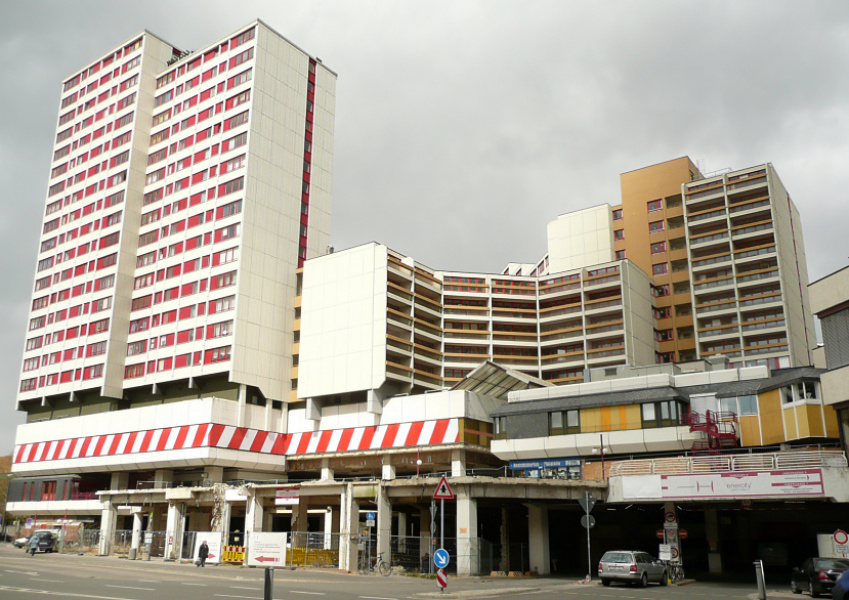
To take the strain off downtown, the Ihme center was designed as a high-density city-in-city concept with residential, office and commercial areas, and is the only project of its kind to ever be realized. The complex includes two residential towers, a h…
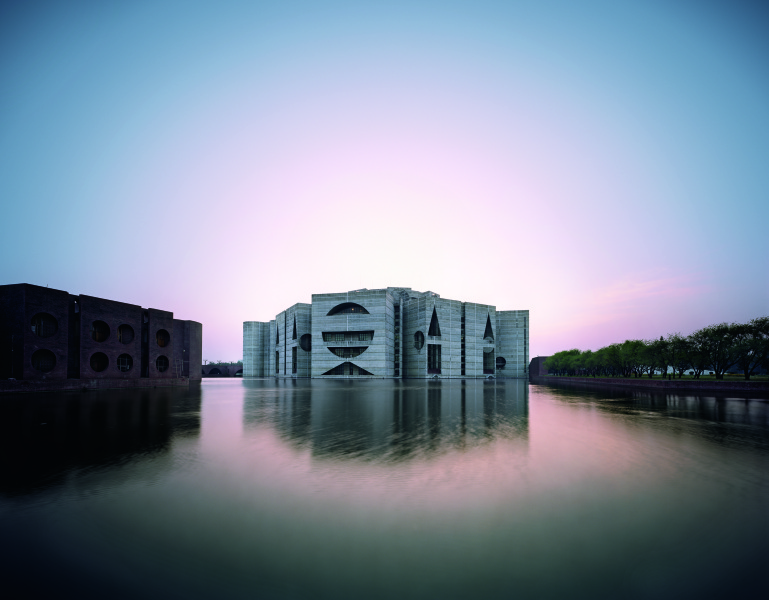
As one of the most prolific mid-century architects, Louis Kahn is usually not categorized as Brutalist. However many facets of his style, especially his love for exposing the building’s structure and building materials fit squarely into Brutalist conc…
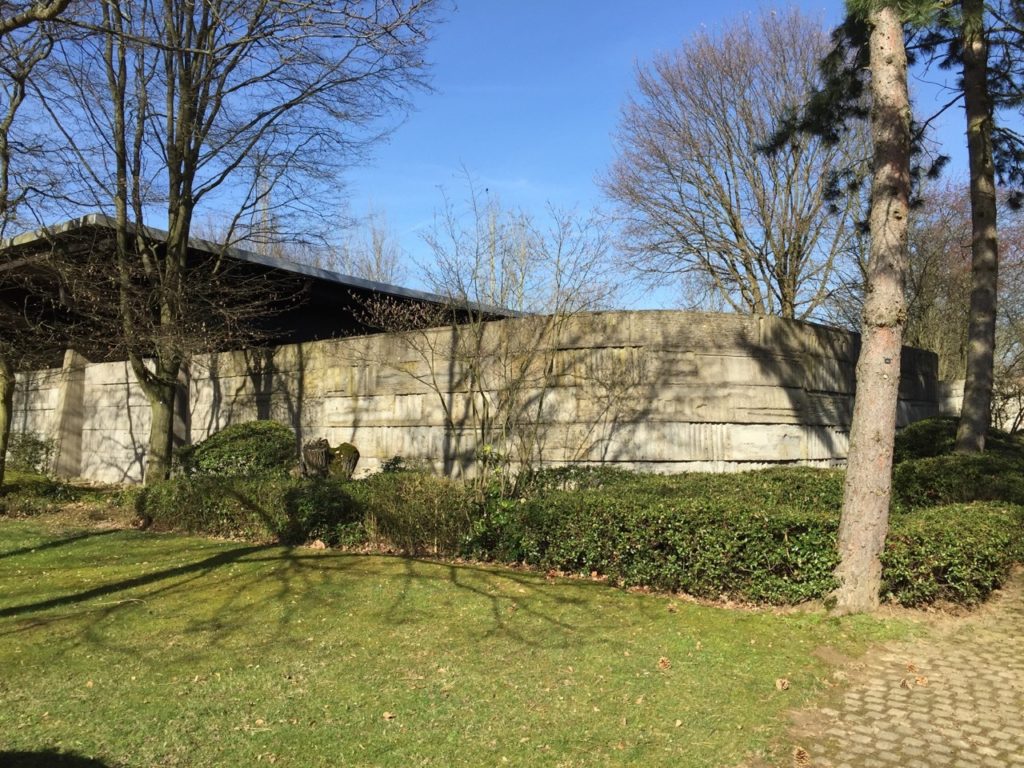
No description yet: Can you help?
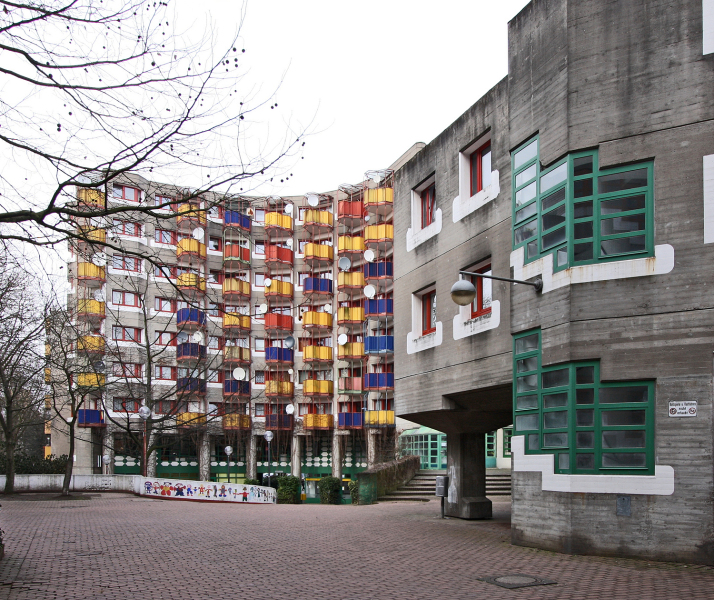
Part of a large housing estate, with a reliance on a small human scale. The fair-faced concrete was combined with Pop colors. Among other things inhabitants have complained about the overly idiosyncratic footprints that are almost inflexible – such as…